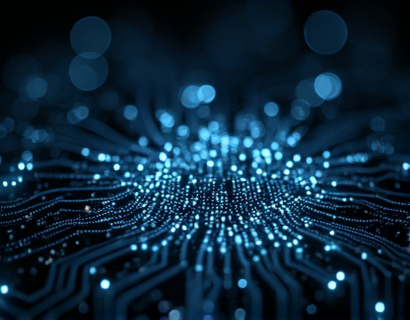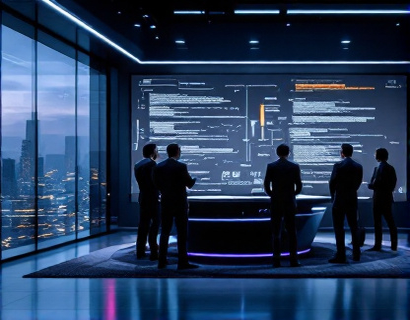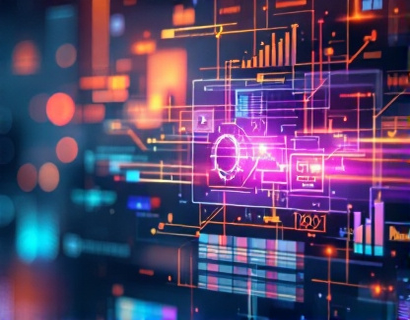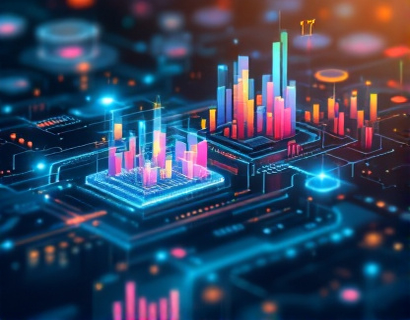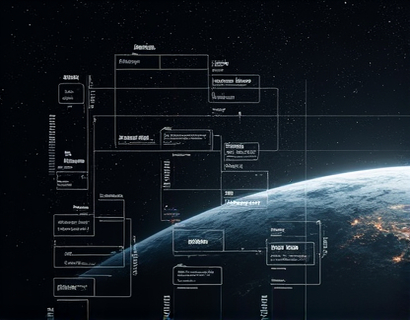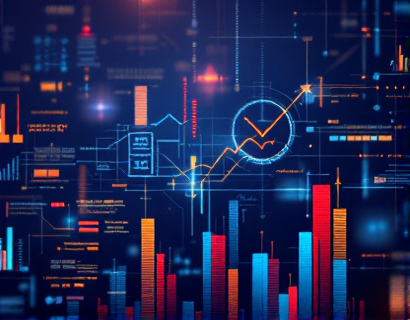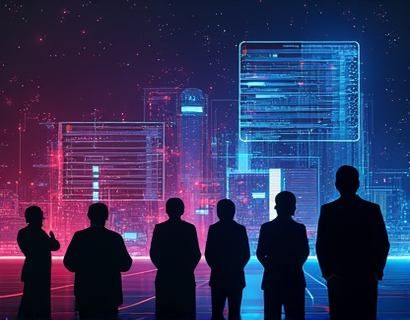Decentralized Productivity Ignited: Harnessing AI and Crypto for Next-Gen App Solutions
The digital landscape is rapidly evolving, driven by the convergence of artificial intelligence and blockchain technology. This synergy is giving rise to a new era of decentralized productivity tools, promising to revolutionize how tech professionals and early adopters approach tasks and efficiency. This article delves into the transformative potential of AI and cryptocurrency, exploring how these technologies are being harnessed to create next-generation app solutions that streamline workflows and enhance productivity.
Decentralized applications, or dApps, are at the forefront of this revolution. Unlike traditional applications that rely on centralized servers, dApps operate on blockchain networks, ensuring transparency, security, and user control. The integration of AI into these decentralized frameworks further amplifies their capabilities, enabling intelligent automation, predictive analytics, and personalized user experiences.
Understanding Decentralized Productivity Tools
Decentralized productivity tools are designed to leverage the strengths of blockchain technology to create more resilient, transparent, and user-centric applications. These tools can range from decentralized project management systems to AI-powered virtual assistants that operate on a distributed network.
One of the key advantages of decentralized productivity tools is their resistance to censorship and downtime. Since these applications are not controlled by a single entity, they are less vulnerable to attacks and disruptions. This makes them particularly appealing for organizations and individuals who prioritize data integrity and availability.
AI in Decentralized Productivity
Artificial intelligence plays a crucial role in enhancing the functionality of decentralized productivity tools. AI algorithms can process vast amounts of data, identify patterns, and make intelligent decisions, all of which can be leveraged to improve task management, automate repetitive processes, and provide actionable insights.
For instance, AI-driven virtual assistants can integrate with decentralized calendars and task lists, offering users personalized recommendations based on their historical behavior and current priorities. These assistants can also facilitate seamless collaboration by coordinating with multiple decentralized tools and platforms, ensuring a smooth and efficient workflow.
Cryptocurrency and Decentralized Economies
Cryptocurrency is another fundamental component of the decentralized productivity ecosystem. By using blockchain-based currencies, these tools can enable peer-to-peer transactions without the need for intermediaries, reducing costs and increasing transaction speed. This is particularly beneficial for global teams and freelancers who frequently engage in cross-border collaborations.
Moreover, cryptocurrency can be used to create incentive mechanisms within decentralized applications. For example, users can be rewarded with tokens for completing tasks, contributing to the network, or providing valuable insights. These tokens can then be used to access premium features, purchase services, or even traded on cryptocurrency exchanges.
Enhancing Efficiency with AI and Crypto
The combination of AI and cryptocurrency in decentralized productivity tools offers unprecedented levels of efficiency. AI can optimize resource allocation, predict potential bottlenecks, and automate routine tasks, allowing users to focus on higher-value activities. Meanwhile, the immutable and transparent nature of blockchain ensures that all transactions and data exchanges are secure and verifiable.
Consider a decentralized project management platform that uses AI to analyze project timelines, resource availability, and team performance. This platform can automatically adjust task assignments, prioritize critical activities, and provide real-time updates to all stakeholders. The use of cryptocurrency within this platform ensures that all transactions, such as paying for resources or services, are swift and cost-effective.
User Experience and Accessibility
The design of decentralized productivity tools is crucial for widespread adoption. These applications must be user-friendly, intuitive, and accessible to a broad audience, including those who may not be deeply tech-savvy. User experience (UX) design plays a pivotal role in bridging the gap between complex technological capabilities and user needs.
Decentralized apps should offer seamless onboarding processes, clear documentation, and responsive customer support. Additionally, integrating AI-driven interfaces can further enhance usability by providing context-aware suggestions and guidance, making the tools more approachable for new users.
Case Studies and Real-World Applications
Several initiatives are already demonstrating the potential of AI and cryptocurrency in decentralized productivity. For example, a decentralized content creation platform uses AI to match writers with relevant projects based on their expertise and past performance. Transactions are handled in a native cryptocurrency, ensuring fair compensation and transparent tracking of contributions.
Another example is a decentralized supply chain management system that leverages AI for demand forecasting and inventory optimization. This system uses blockchain to ensure transparency and traceability, reducing fraud and improving efficiency across the entire supply chain.
Challenges and Future Prospects
Despite the promising potential, the adoption of AI and cryptocurrency in decentralized productivity tools faces several challenges. Regulatory uncertainties, scalability issues, and the need for standardization are among the key hurdles that need to be addressed. However, as the technology matures and more use cases emerge, these challenges are likely to be overcome.
The future of decentralized productivity is bright, with ongoing advancements in AI and blockchain paving the way for more sophisticated and user-friendly applications. As more developers and organizations recognize the benefits of this approach, we can expect to see a surge in innovative solutions that transform the way we work and collaborate.
In conclusion, the integration of AI and cryptocurrency in decentralized productivity tools represents a significant leap forward in the digital landscape. These technologies not only enhance efficiency and security but also empower users with greater control and transparency. As the ecosystem continues to evolve, tech professionals and early adopters stand to gain immensely from the opportunities presented by these next-generation app solutions.



